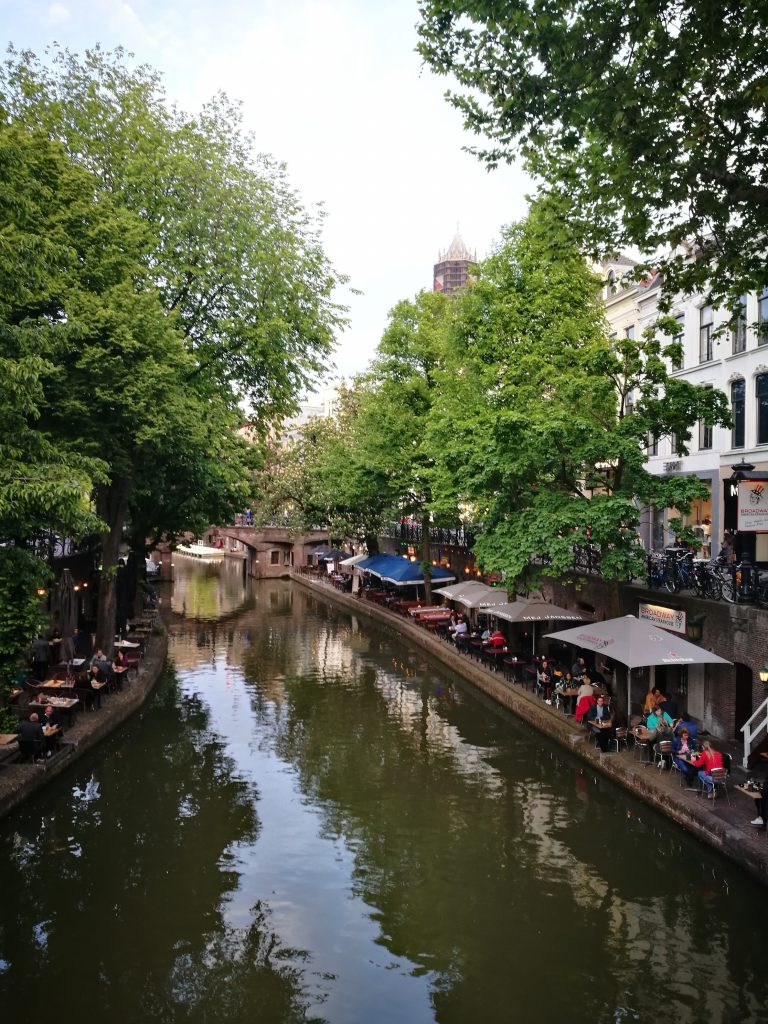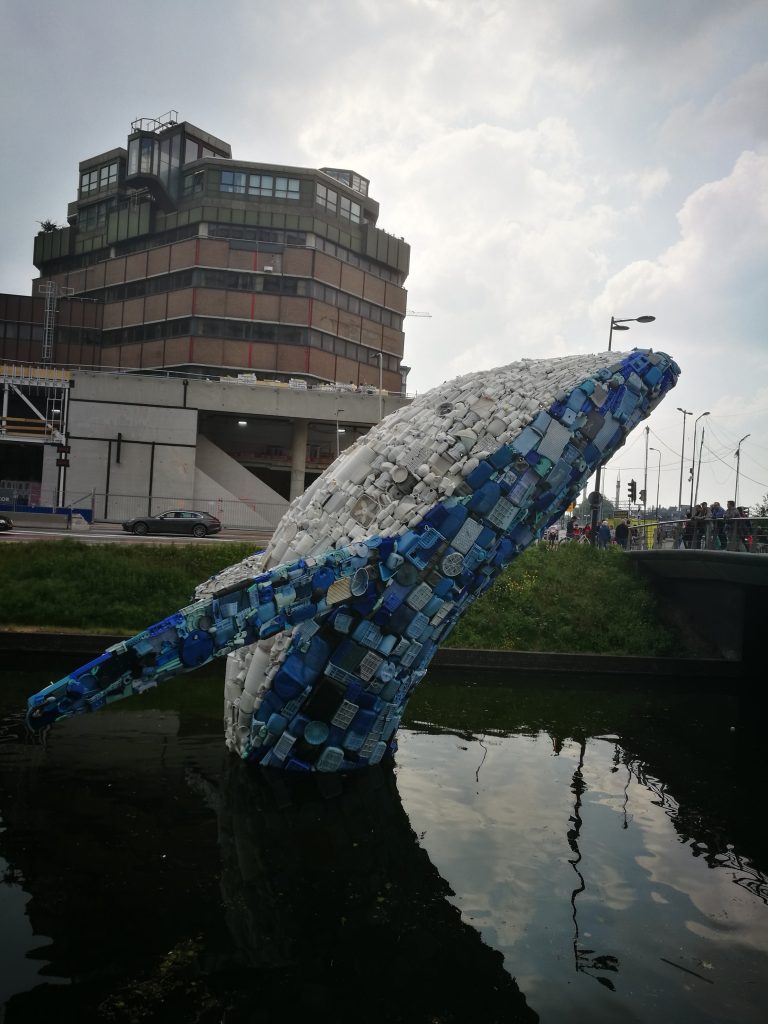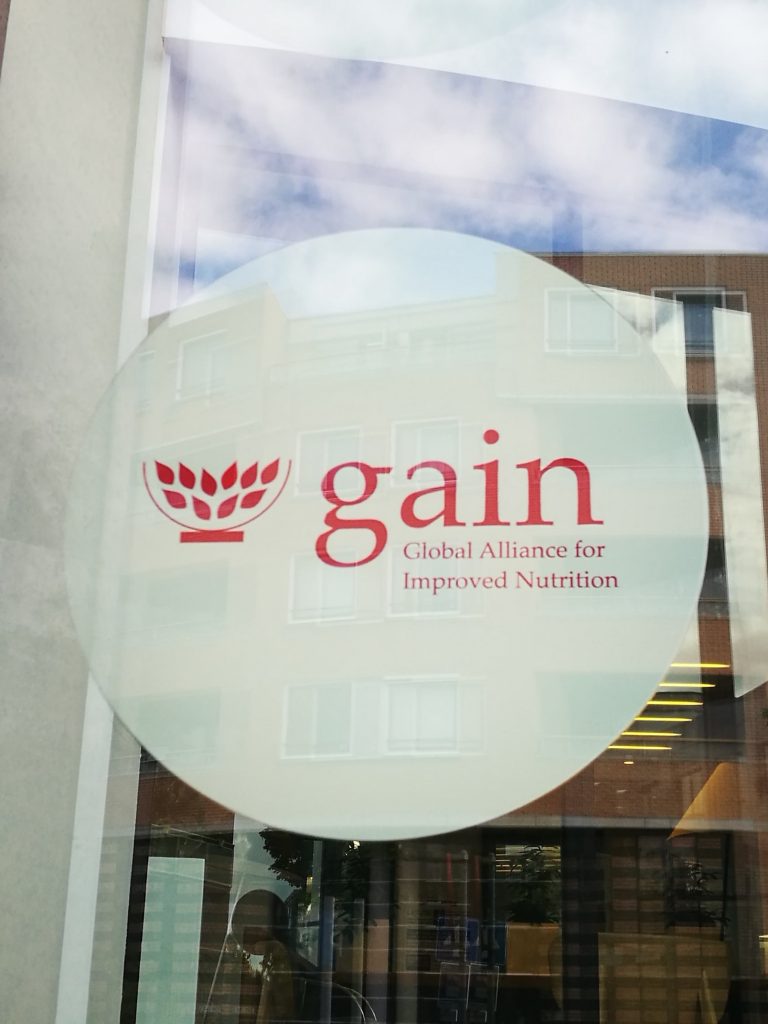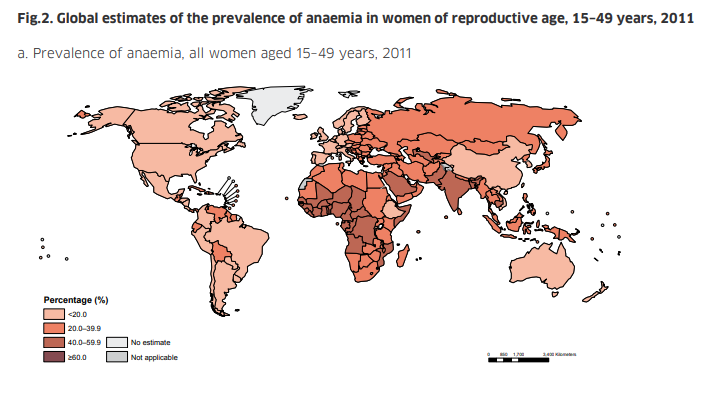Last Thursday evening, I arrived in Utrecht, the Netherlands, where I will be working with the Global Alliance for Improved Nutrition (GAIN), a non-profit organization (NPO) that aims to improve the consumption of nutritious and safe food for all people. For my thesis project, I am looking into possible climate change mitigation and adaptation effects of large-scale food fortification. Anthropogenic climate change is a major global threat, and is associated with sea level rise, more extreme and unpredictable weather as well as more natural disasters such as floods and droughts. Food fortification, which is adding vitamins and minerals to foods that are commonly consumed foods to alleviate or decrease the risks of micronutrient deficiency, could indirectly help people to cope better with climate change or potentially act as a lower-emission alternative to satisfy the micronutrient requirement for populations.

After some intensive house-hunting, online and off-line, I finally found a room for the duration of my internship, and even had a little time to explore the city of Utrecht. As the fourth largest city of the Netherlands, it is a fairly large and busy city, with of lots of shops, canals and bicycles! This city used to be the cultural and religious centre of the Netherlands and today it is known for being the central hub for transport.


I started to work at GAIN this week, and thanks to the helpful team of staff members, I am settling in relatively quickly. It has also been interesting to see how GAIN operates. GAIN has multiple offices scattered around Africa, Asia, North America and Europe, and as a result, much of the work involves online video calls and meetings. I had the opportunity to listen in during internal video meetings where different departments shared what projects they have been working on.This started to orient me as to the scope and nature of GAIN’s world-wide programmes.
Now that I am more settled it is time to continue with my literature review…
